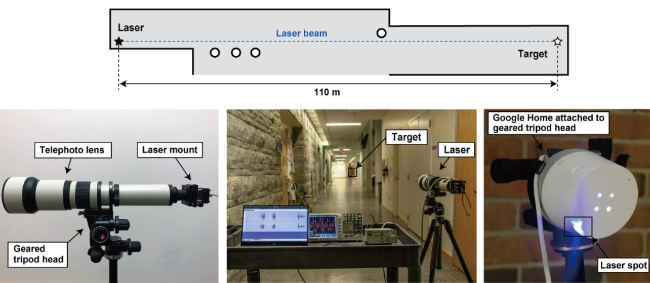MSI has launched a slew of new series of laptops in India. The Taiwanese PC maker's new range consists of three new series, namely the P Series, Modern Series, and Prestige Series. Available in multiple screen sizes, the new laptops employ Intel's 10th Gen Core series CPUs. According to the company, the new range will be distributed solely by Ingram Micro and sold exclusively on Flipkart. The new range starts at Rs 59,990 and goes all the way up to Rs 2,69,990.

“India is one of MSI's most important market [sic] which has huge potential for content-creation. With the launch of the new content creation series in India, we at MSI, aspire to leverage innovative technology combined with portability to unleash the creative potential across the country and transform the way content is created. We are also excited to introduce the exclusive True Pixel technology which delivers the best-possible hardware solution combined with seamless software,” commented Green, Chang-Ching Lin, Regional Marketing Head at MSI.
P SeriesThe P Series consists of the P75 Creator (17.3-inch 4K variant) and P65 Creator (17.3-inch 4K and 15.6-inch Full HD variants). The two models are powered by up to an Intel 9th Gen Core i9 CPU with an Nvidia GeForce 2070 graphics card with Max-Q Design. System RAM is 16GB and storage comes in the form of a 1TB PCIe NVMe solid-state drive. Inbuilt features in the two models include fingerprint scanner and Thunderbolt 3. The P Series from MSI starts at Rs 1,49,990 and goes up to Rs 2,69,990.

MSI's new Modern Series represents the company's Thin and Light laptop line-up. Available in 14-inch (Modern 14) and 15.6-inch (Modern 15) variants, they come powered by up to an Intel 10th Gen Core i7 CPU, Nvidia GeForce MX250 GPU, 8GB of RAM, and up to 512GB of storage on a PCIe NVMe solid-state drive. Clad in a MIL-STD 810G-tested frame, they feature proprietary True Colour and Nahimic 3 Audio technologies to enhance display and sound quality. The Modern Series from MSI starts at Rs 59,990 and goes up to Rs 89,990.

MSI's new Prestige Series is similar to the Modern Series but the top-end model comes with a 4K panel and an Nvidia GeForce GTX 1650 graphics card, along with a fingerprint scanner and support for Thunderbolt 3. While the Modern Series delivers a claimed battery life of up to 10 hours, the Prestige Series delivers a claimed battery life of up to 16 hours on a single charge. Like the Modern Series, the Prestige Series uses a proprietary Cooler Boost 3 technology for three-pipe cooling.

The Prestige Series consists of the Prestige 14 (14-inch screen) and Prestige 15 (15.6-inch screen). The models are powered by up to an Intel 10th Gen Core i7 CPU, 8GB of RAM, and up to 1TB of storage on a PCIe NVMe solid-state drive. While the Prestige 14 comes with an Nvidia GeForce MX250 GPU, the Prestige 15 comes with a more powerful Nvidia GeForce GTX 1650 GPU with 4GB of video RAM. The Prestige Series from MSI starts at Rs 99,990 and goes up to Rs 1,49,990.
from Latest Technology News https://ift.tt/2WPNaYo

